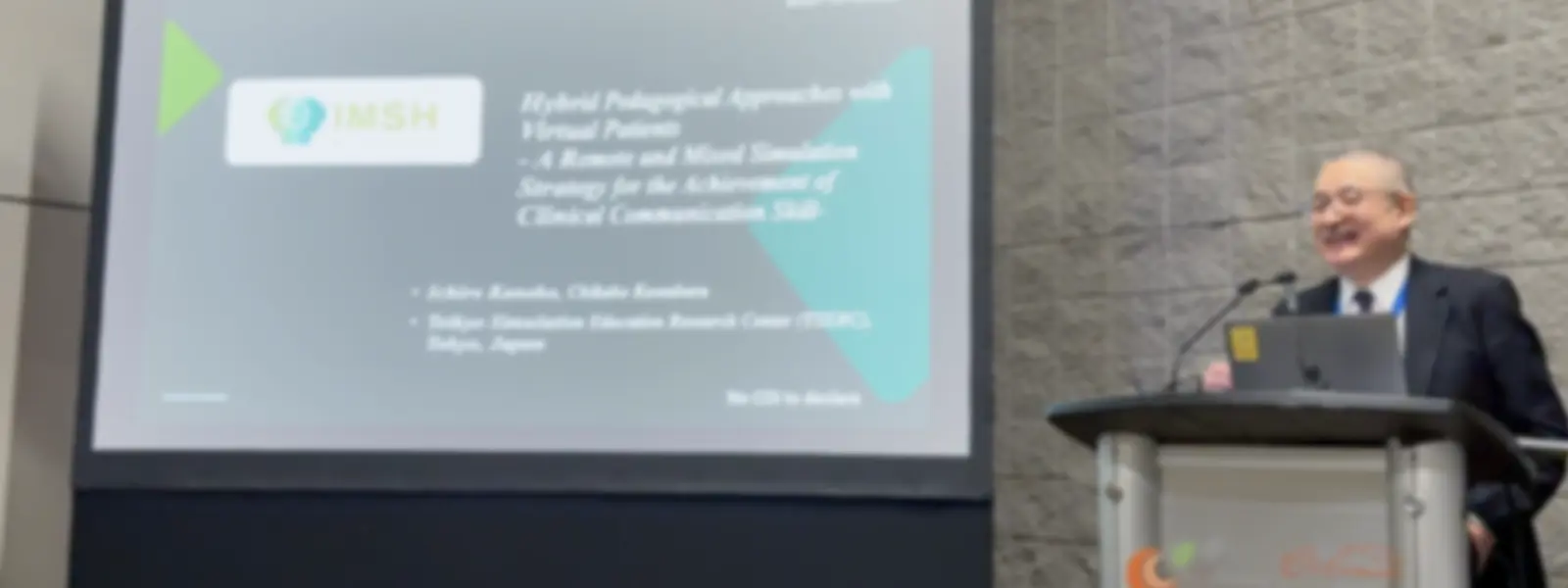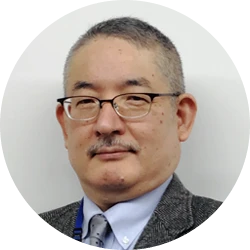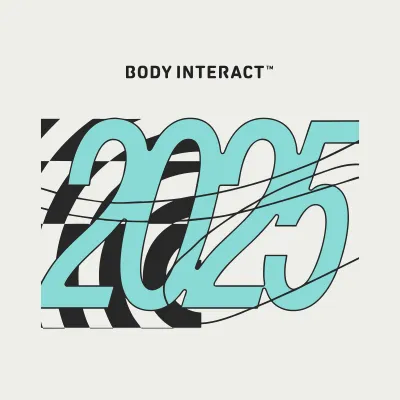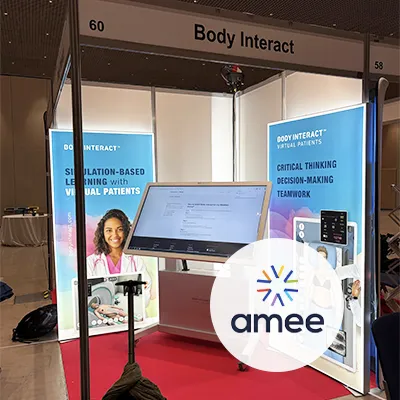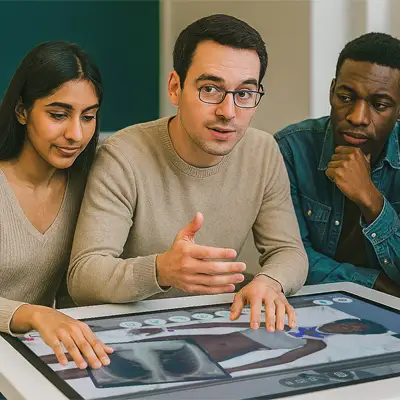How Japanese Medical Schools are Transforming Education with Virtual Patients

Satoshi Takeda
MD, PhD
Jikei University School of Medicine, Tokyo, Japan
Enhancing Physical Assessment, Diagnostic Skills, and Treatment
In recent years, Japan has taken significant steps to integrate technology into medical education. Thanks to financial support from the Japanese government, innovative learning tools such as virtual patient simulations are being integrated into medical curricula to ensure continuous and effective education. One institution at the forefront of this transformation is Jikei University School of Medicine, which completed a study using Body Interact to assess the impact of virtual patient simulations on medical training.
Between April 2021 and March 2024, 330 medical students engaged in 1,804 clinical simulations using Body Interact, focusing on Sepsis and Anaphylaxis critical emergency scenarios. The goal was to evaluate how virtual patients enhance students’ physical assessment, diagnostic skills, and treatment decision-making.
The results were striking: over 90% of students reported feeling more confident in reaching the correct diagnosis after using Body Interact.
Promoting Clinical Communication Through Remote and Mixed Simulation Strategies
Virtual patient simulations advance clinical reasoning and strengthen communication skills in global medical education. A collaboration between the Teikyo Simulation Education Research Center and the Mexican Society for Simulation in Health Sciences highlighted this benefit in a remote clinical reasoning session led by Prof. Ichiro Kaneko and Prof. Edgar Herrera.
The session featured Prof. Herrera as a standardized patient—an international tourist experiencing chest pain—in a role-play exercise. The challenge was conducting the entire consultation in English.

Following the session, 90.6% of students reported increased confidence in their English communication skills. This experience reinforced the concept of reflection on action, a key principle in experiential learning, where students analyze their approach to enhance future performance.
Strengthening Diagnostic Reasoning and Clinical Decision-Making
One of the key advantages of Body Interact is its alignment with real-world medical assessments. To illustrate this, Professor Satoshi Takeda presented a Japanese National Medical Licensing Examination question that closely matched the Sepsis case used in the study. This alignment highlights how virtual patient simulations not only enhance critical thinking and decision-making skills but also help students effectively prepare for their final exams.

By actively engaging with clinical scenarios, students strengthened their diagnostic reasoning and gained a deeper understanding of the rationale behind medical decisions. As Professor Ichiro Kaneko demonstrated, integrating remote and mixed simulation strategies with Body Interact enhances clinical expertise and communication skills, ensuring that future healthcare professionals are well-prepared for real-world, multicultural medical environments.
Bridging Simulation and National Licensing Exams
Looking ahead, Dr. Takeda posed an important question: Could Body Interact play a role in national medical examinations worldwide? With the increasing demand for efficient, scalable, and immersive assessment tools, virtual patient simulations have the undeniable potential to complement or even revolutionize traditional OSCE exams, reducing logistical challenges while maintaining high testing standards.
As Japan and other nations continue embracing technology-driven medical education, Body Interact stands at the forefront, shaping the next generation of competent, confident, and globally ready healthcare professionals.
